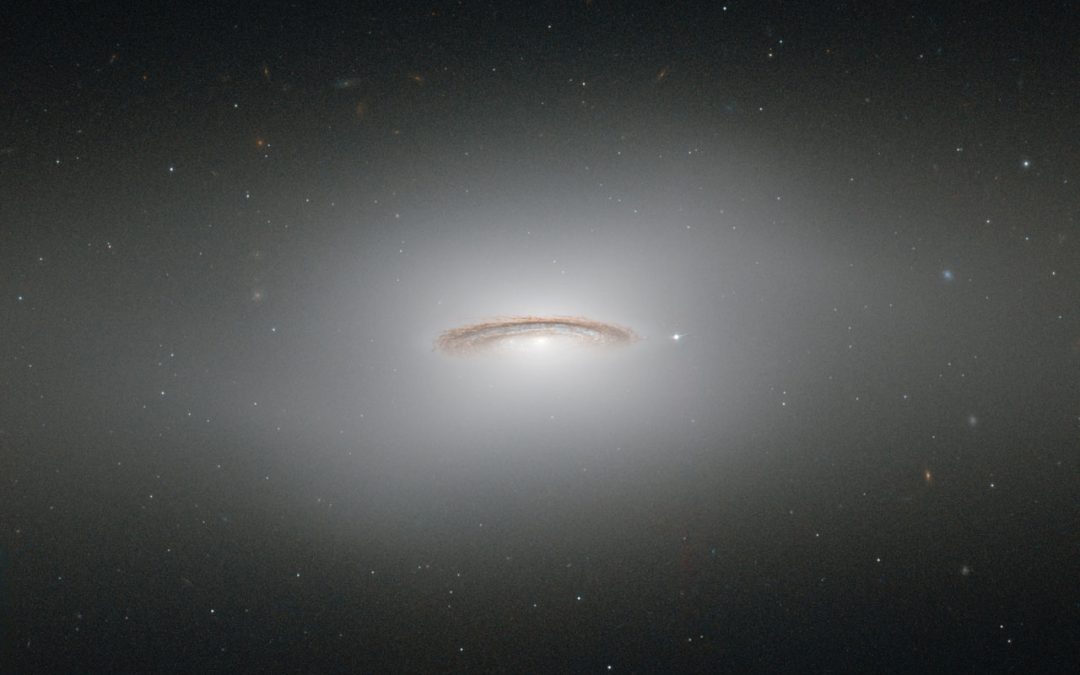We investigate the amplification of the genuine tripartite nonlocality (GTN)
and the genuine tripartite entanglement (GTE) of Dirac particles in the
background of a Schwarzschild black hole by a local filtering operation under
decoherence. It is shown that both the physically accessible GTN and the
physically accessible GTE are decreased by the Hawking effect and decoherence.
The “sudden” death of the physically accessible GTN occurs at some critical
Hawking temperature, and the critical Hawking temperature degrades as the
decoherence strength increases. In particular, it is found that the critical
Hawking temperature of “sudden death” can be prolonged by applying the local
filtering operation, which means that the physically accessible GTN can exist
for a longer time. Furthermore, we also find that the physically accessible GTE
approaches to the nonzero stable value in the limit of infinite Hawking
temperature for most cases, but if the decoherence parameter p is less than 1,
the “sudden death” of GTE will take place when the decoherence strength is
large enough. It is worth noting that the nonzero stable value of GTE can be
increased by performing the local filtering operation, even in the presence of
decoherence. Finally, we explore the generation of physically inaccessible GTN
and GTE of other tripartite subsystems under decoherence, it is shown that the
physically inaccessible GTN cannot be produced, but the physically inaccessible
GTE can be produced, namely, GTE can pass through the event horizon of black
hole, but the GTN cannot do it. In addition, we can see that the generated
physically inaccessible GTE can be increased by applying the local filtering
operation, even if the system suffers decoherence.
Conclusions:
- The genuine tripartite nonlocality (GTN) and genuine tripartite entanglement (GTE) of Dirac particles in the background of a Schwarzschild black hole are decreased by the Hawking effect and decoherence.
- The “sudden” death of the physically accessible GTN occurs at a critical Hawking temperature, degraded by increasing decoherence strength.
- The critical Hawking temperature of “sudden death” can be prolonged by applying a local filtering operation, allowing the physically accessible GTN to exist for a longer time.
- The physically accessible GTE approaches a nonzero stable value in the limit of infinite Hawking temperature, but “sudden death” of GTE occurs when the decoherence strength is large enough for certain cases.
- The nonzero stable value of GTE can be increased by performing the local filtering operation, even in the presence of decoherence.
- The generation of physically inaccessible GTN is not possible under decoherence, but physically inaccessible GTE can be produced, passing through the event horizon of a black hole.
- The generated physically inaccessible GTE can be increased by applying the local filtering operation, even in the presence of decoherence.
Future Roadmap
The findings from this study provide insights into the behavior of genuine tripartite nonlocality and entanglement of Dirac particles near a Schwarzschild black hole under the influence of decoherence. Moving forward, there are several potential challenges and opportunities on the horizon:
- Exploration of other black hole backgrounds: It would be valuable to investigate how genuine tripartite nonlocality and entanglement behave in the presence of different types of black holes, such as Kerr black holes or charged black holes. This could offer a more comprehensive understanding of the effects of different black hole properties.
- Quantifying the impact of other decoherence models: The current study focused on decoherence caused by local filtering operations. It would be interesting to explore the effects of other types of decoherence models, such as environmental noise or interaction with additional particles. Understanding how different decoherence mechanisms affect the physical accessibility of GTN and GTE could shed light on their robustness in practical scenarios.
- Experimental verification: Conducting experimental tests to validate the theoretical predictions made in this study would be a crucial next step. This would involve designing and implementing experiments that can simulate the behavior of Dirac particles near a black hole under controlled conditions of decoherence. Such experiments could provide evidence for the observed phenomena and contribute to the development of quantum technologies.
- Applications in quantum information processing: The study highlights the importance of GTN and GTE in the context of quantum information processing. Further research could explore how the manipulation and control of GTN and GTE near black holes could be harnessed for quantum communication, cryptography, and computation. Understanding the potential applications of these phenomena could enable advancements in quantum technologies.
Overall, the study sets a foundation for future investigations and opens up new avenues for exploration in the field of quantum physics and black hole dynamics. By addressing the challenges and opportunities outlined above, researchers can continue to deepen our understanding of these fascinating phenomena and potentially unlock groundbreaking applications in the field of quantum mechanics.
